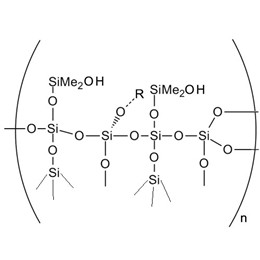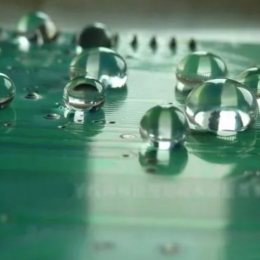Low-quality paints may contain inappropriate ingredients or have quality issues, which can cause the paint to foam. Environmental conditions during paint application can also affect blistering. Blistered paint surfaces can appear uneven and lose their original aesthetic appeal, and air bubbles can disrupt the smoothness and uniformity of the surface, thus affecting the overall appearance. It can also lead to weakened adhesion between the coating and the substrate surface, causing the coating to peel or come off easily. Why add silicone defoamers to the coatings?
Any coating that uses aqueous systems can be called water-based coating. Water-based paints are also very common in the application of surfaces and can be used in house decoration. However, the production will be stirred due to the paint production formula contains a variety of additives, which contain surfactants in the mixing and will be prone to foaming. Foam for the production of water-based coatings will bring a lot of impact, it is recommended to add silicone paint defoamer in the many industrial processes.
Silicone defoamer has low surface tension, can break the tension on the surface of the coating, accelerate the rupture and control foam, and prevent bubbles from gathering on the surface of the coating to form defects; Silicone defoamer can reduce the viscosity of the coating, improve its mobility, so that the coating will be more smooth during the construction process, and reduce the difficulty of the construction of the coating; Silicone defoamer can effectively eliminate the bubbles, so that the surface of the coating is smooth, and improve the quality of the coating and the appearance of the effect in various industries, such as food processing, metalworking fluids.
Here's some information about it:
- What is silicone defoamer?
- What is the role of silicone defoamer?
- How to use silicone defoamer?
- How to choose defoamers for coatings?
- How to apply silicone defoamer?
- How to make silicone defoamer?
1. What is silicone defoamer?
Silicone defoamer is a common chemical substance, widely used in various fields (such as metalworking fluids, and food processing). Silicone defoamer added to the foaming system will not affect the basic properties of the system, with self-emulsification, easy to disperse, strong versatility, low dosage, low surface tension, fast defoaming speed, control foam time, foam suppression time, and other properties, resistance to strong acids and alkalis, silicone emulsion will not affect the transparency of the product appearance after adding.
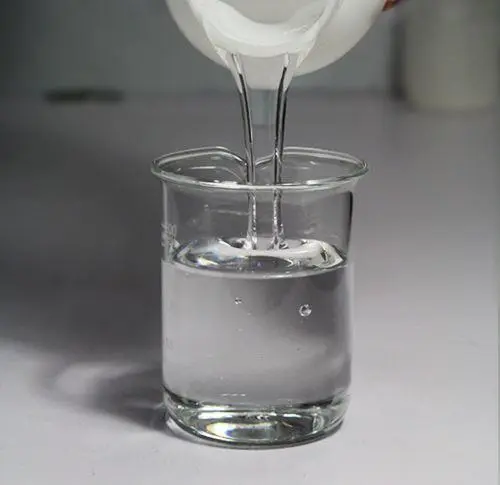
2. What is the role of silicone defoamer?
Silicone-based defoamers are widely used in the coating industry, their main role is to control the generation and stabilization of air bubbles in the coating. The following are the application aspects of silicone defoamers in coatings:
2.1 Foam control:
During the production and application of coatings, air bubbles are often generated in the coatings due to mixing, coating, spraying, and other operations. These bubbles affect the appearance and performance of the coating, such as surface gloss, adhesion, and durability. Silicone defoamers can effectively control foam and reduce the number and size of air bubbles in coatings, resulting in a flatter and more uniform coating surface.
2.2 Coating stability:
Silicone defoamers can improve the stability of coatings and prevent the aggregation and agglomeration of air bubbles in coatings. They can form a thin film in the coating and reduce the aggregation and deposition of coating particles, thus maintaining the uniformity and fluidity of the coating.
2.3 Leveling and coating properties:
The addition of silicone defoamers can improve the leveling and coating properties of coatings. They reduce the surface tension of the coating, making it easier for the coating to spread evenly on the substrate, and can improve the gloss and smoothness of the coating.
2.4 Reduce shrinkage holes and fish eyes:
Silicone defoamers can effectively reduce shrinkage holes and fish eyes in coatings. Shrinkage holes are tiny holes formed because the air bubbles in the paint cannot be completely discharged during the drying process, while fish eyes are depressions formed due to the presence of insoluble substances or pollutants on the surface of the paint. The addition of organosilicon defoamer can improve the rheology of the coating, promote the discharge of air bubbles, and reduce the occurrence of shrinkage holes and fish eyes.
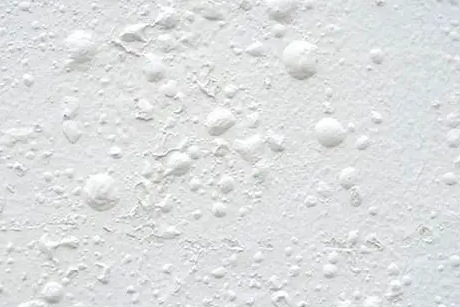
2.5 Applicability to a variety of coating systems:
Silicone defoamers are suitable for various types of coating systems, including water-based coatings, solvent-based coatings, and powder coatings. They can play a good antifoaming effect in different coating systems, and will not have a significant negative impact on the performance and stability of the coating.
3. How to use silicone defoamer?
(1) Silicone antifoam agents is used in general high-viscosity water-based coatings, and water-based coatings due to defoaming difficulties, foam stabilization factors are also more, add a little more, generally 0.3-1.0%. It needs to be fully stirred before use, generally does not need to dilute with water, and can be added directly to the water-based paint foam, if you need to dilute can be used with the matching. Most defoamers can not be added directly to the diluted water-based paint foam.
(2) Adding in the aqueous systems paint mixing situation so that the silicone defoamer can enter the water-based paint foam system.
(3) In order to achieve a good foam control effect, it is best to add twice, add half of the total amount the first time in the preparation of water-based coatings, and then add the other half after grinding.
(4)The amount of defoamer should be appropriate, adding too much will bring side effects that the water-based coating film shrinkage and other problems. Adding a small amount can not achieve the effect of defoaming.
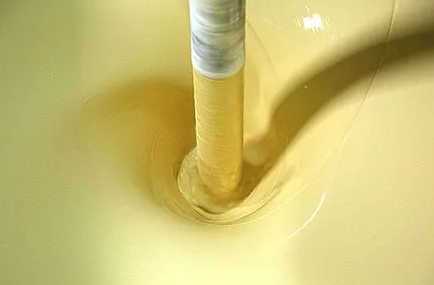
4. How to choose defoamers for coatings?
Defoamers should have excellent stability, strong defoaming, and foam control ability that will not affect the gloss of coating products.
To test whether it affects the recoating performance, it is recommended to use a high-speed mixing method that sets the speed of the machine, the amount of mixing time and viscosity, etc., and compares with the same height of the foam elimination time and foam suppression time; also considerate from the speed and mixing time, adhesion and foam height, etc. to determine whether to choose the right water-based paint foam defoamer.
In addition to the choice of defoaming performance, but also takes into account whether it will affect the performance of the aqueous systems coating products itself and the quality of the problem in special conditions.
4.1 Defoamer for aqueous systems coating:
(1) It should have a certain affinity with the active substances on the surface of the foam, but should be insoluble and insoluble in the bubble liquid;
(2) The surface tension is lower than that of the foaming liquid and has a low HLB value;
(3) The emulsion (latex) should be stabilized;
(4) The coating film can not cause fish-eye and shrinkage of the adverse consequences;
(5) Aqueous systems coatings with antifoaming agent: more use of insoluble substances in water, such as mineral oil, high-grade alcohols, and silicone resin, silicone is the best antifoaming agent for water-based coatings.
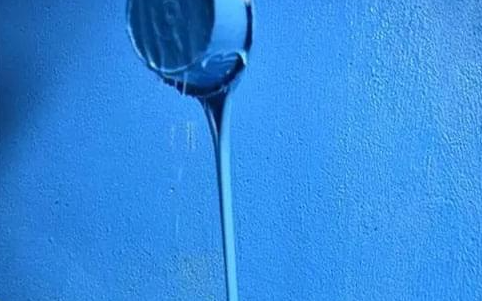
4.2 Defoamer for non aqueous systems coatings:
It commonly uses substances insoluble in organic solvents, such as low-grade alcohols, and silicone resin (silicone resin dosage should be appropriate, it is too easy to shrink the cracks, traps, now more modified silicone resin or emulsified silicone resin).
XJY-8205 Powder Series Methyl MQ Silicone Resin is a solid powder resin that can provide excellent transfer resistance and water resistance and can be used as a silicone antifoam agent in aqueous systems coating.

5. How to apply silicone defoamer?
Silicone antifoam agents play an important role in coating demanding applications, which can effectively eliminate air bubbles on the surface of the coating and improve the quality and performance of the coating. With the continuous development of the coating industry, the application value of coating defoamer will be further highlighted in industrial applications. However, when using coating defoamer, we should also pay attention to the correct selection and reasonable use to ensure the effect and quality of coating construction.
5.1 Wall coatings:
Adding the right amount of defoamer to wall coatings can effectively reduce the number of bubbles on the surface of the coating and improve the gloss and flatness of the coating.
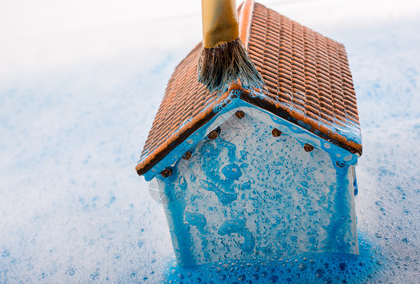
5.2 Wood coatings:
Silicone defoamer can be used in wood coatings to eliminate the air bubbles generated by the paint on the surface of the wood and make the construction of wood coatings more even and beautiful.
5.3 Automotive coatings:
Silicone defoamer can be added to automotive coatings to prevent air bubbles on the surface of coatings and improve the adhesion and durability of coatings on the surface of automobiles.
5.4 Industrial coatings:
Silicone antifoam agent is also widely used in the field of industrial coatings, such as metal coatings, anticorrosive coatings, and so on, in order to improve the performance and quality of coatings.
6. How to make silicone defoamer?
The industrial applications of silicone defoamers in the coating industry can effectively control the generation and stabilization of air bubbles, improve the appearance and performance of coatings, and enhance the stability and coating performance of coatings. This makes silicone defoamer one of the important and indispensable additives in the process of coating production and application. How to make your products highly effective and make them suitable for your test methods?
XJY Silicones is one of the leading silicone MQ resin and VMQ silicone manufacturers in China, with more than 30 years of R&D and manufacturing experience in the silicone industry as well as more than 15 related patents and technical support. Our silicone resin products can meet the needs of silicone defoamers and support the provision of diversified customized solutions.
XJY-8205-Mehyl MQ Silicone Resin can be used in defoamers for:
(1) Textile printing and dyeing: textile dyes, medium-temperature printing and dyeing, high-temperature printing and dyeing, scouring, printing, etc.
(2) Cleaning industry: circuit board cleaning, beer bottle cleaning, steel plate cleaning, etc.
(3) Paper industry: black liquor for pulp washing, paper making, coating, etc.
(4) Sewage treatment: sewage treatment, water circulation, etc.

